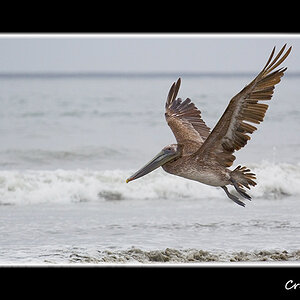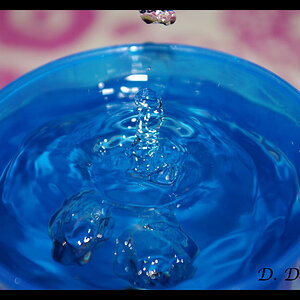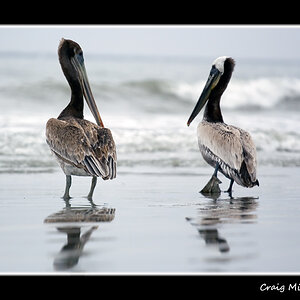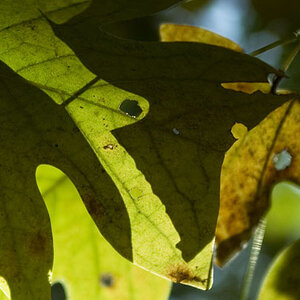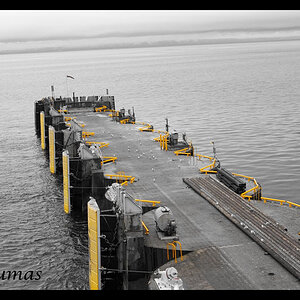epp_b
No longer a newbie, moving up!
- Joined
- Aug 22, 2008
- Messages
- 2,135
- Reaction score
- 12
- Location
- True North Cold and Freezing
- Website
- www.eppbphoto.com
- Can others edit my Photos
- Photos OK to edit
I've just about finished my second roll of film since I started experimenting with 35mm. I noticed that, on my previous roll, there were some shots that I underexposed quite a bit (though, not on purpose).
I've taken a lot of night time exposures on this second roll and have some pictures that will be intentionally dark. Should I leave instructions to develop the photos exactly as exposed with no pushing or pulling?
I've taken a lot of night time exposures on this second roll and have some pictures that will be intentionally dark. Should I leave instructions to develop the photos exactly as exposed with no pushing or pulling?


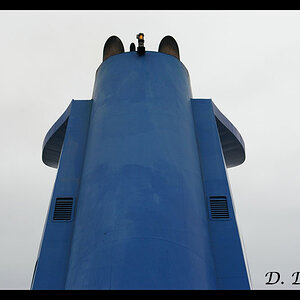
![[No title]](/data/xfmg/thumbnail/41/41898-2c70795ddfa6b397714acc28e3e5d36f.jpg?1619739936)

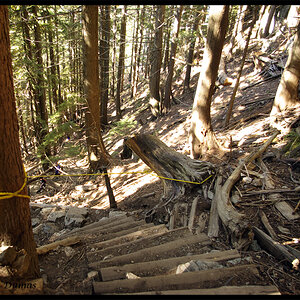
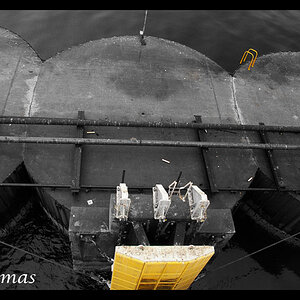
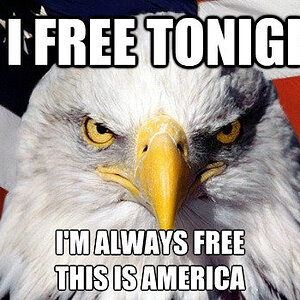
![[No title]](/data/xfmg/thumbnail/36/36643-92fe0dd9e247722bfefe299cd8a549f5.jpg?1619737670)
